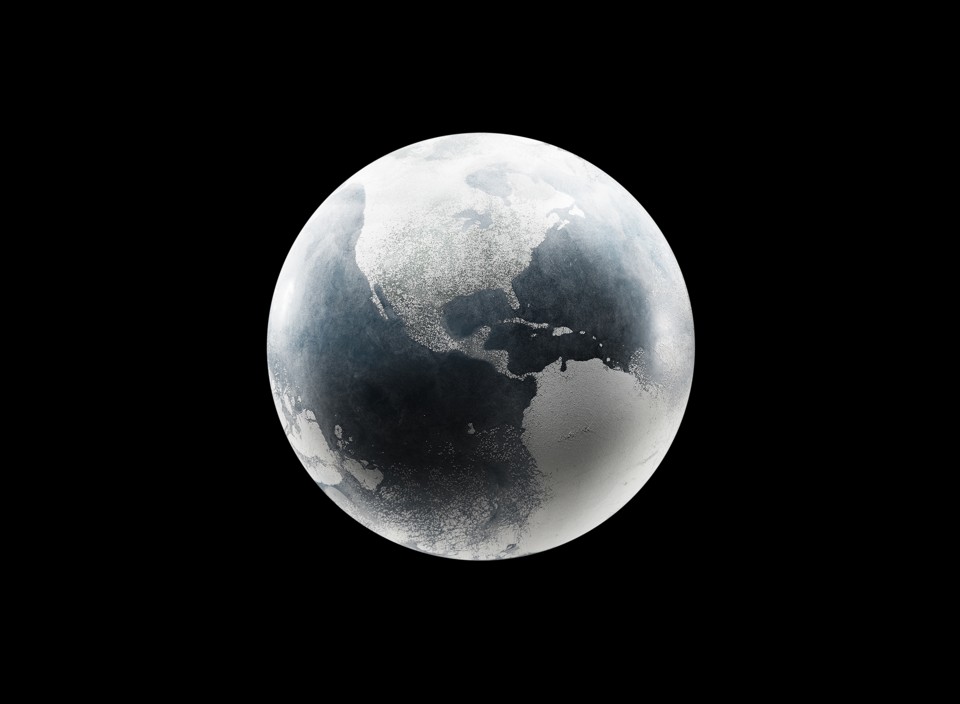MOHAN GURUSWAMY
The most basic dictum in Public Administration is that “the nature of the regime determines the nature of the outcome.” Regimes dominated by elites tend to be extractive, while regimes based on popular participation tend to be inclusive and where the fruits of development are more shared. Make no mistake, whatever be a system of government there will always be elites. The difference lies in the difference between the elites. A privileged and self-perpetuating elite is by nature extractive.
Equitable distribution is an ideal that is invariably unattainable. But justice for all is an ideal that is attainable. It’s true that all men are created equal. But what we get and attain depends, as Karl Marx is widely attributed with, “each according to his need, each according to his ability.” Marx was just repeating a slogan popularized by the French socialist Louis Blanc in 1851. Needs and abilities can never be identical for all. Thus the goal of modern democratic systems is to cater to the former, and nurture the latter. Which means that the basis of modern democratic systems is to give all the same opportunity and then allow abilities and talents to compete and prosper.
There are many systems of government. The one we are most familiar with is democracy. There are many kinds of democracies in vogue, but the common foundation is that they all strive to institutionally reconcile needs, aspirations, demands and rights of all the people, and consider all people equal. We therefore call them reconciliatory systems.
Then we have regimes, which are controlled by elites. These typically are all kinds of monarchies, theocracies, dictatorships, colonial and random despotic regimes. Since power is vested in the hands of a small number of people, we call them bureaucratic systems.










